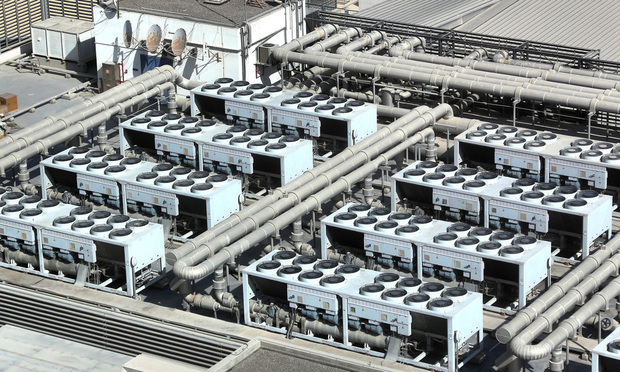
Last month, BrainBox AI announced the first installation of its HVAC monitoring software in New York City.
In information it sent to GlobeSt.com, the company claims that a building operator can gain up to 25% in total energy cost savings within three months, a 20% to 40% reduction in carbon footprint, and a 50% improvement in HVAC-related operations and maintenance costs.
Not that this is BrainBox’s first attempt. The company says that over three years it has gained installations in 100 million square feet of commercial real estate across nearly 20 countries.
“We do something very simple,” Frank Sullivan, BrainBox AI’s chief commercial officer, tells GlobeSt.com. “Inside buildings large and small, largely commercial malls and multi retail, resides HVAC equipment. We optimize the way that equipment behaves.”
The approach uses Internet-connected control equipment, machine learning (where software uses data feedback to improve its operations), and third-party data like weather and occupancy.
The software doesn’t replace maintenance and HVAC staff in buildings. Instead, it uses data to make multiple changes in buildings per hour and anticipates what conditions need to be in the immediate future.
Buildings have thermal reaction times—or, as Sullivan says, they “glide.” Turning heat or air conditioning on doesn’t immediately warm or cool a space and turning the HVAC system off doesn’t right away cease affecting the temperature. The amount and rate of change depends on current and arriving or departing occupancy, external temperatures, and patterns of use throughout a building. For example, why spend energy on changing the air temperature of an area in the morning that isn’t generally used until later in the day? Or assume that the HVAC needs in April are the same as those in October?
“We’re not taking next week’s weather prediction, but three to six hours in advance, using weather sources closest to the building,” Sullivan says. It takes about three months for the company to create the initial model and then for the machine learning algorithms to make adjustments in response to building-specific data, with the system ultimately providing “a high degree of certainty around the space temperature two to three hours in advance.” While building classes and locations differ, the aggregate information from all of them is useful. “The more data allows us to be more confident with our predictions and provide in many cases a much better outcome.”
